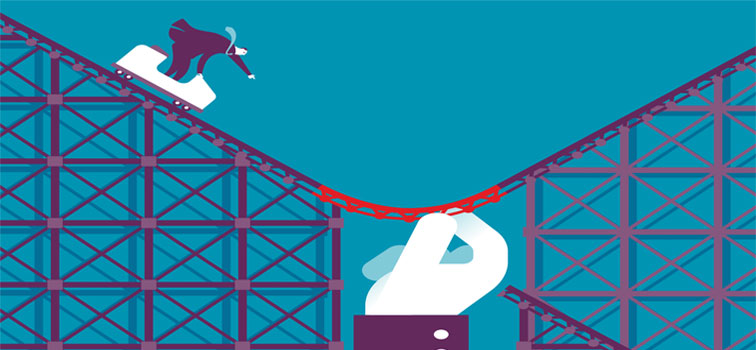Explainer - How does the Central Bank help to protect the banking system from economic ups and downs?
 A well-functioning banking system is good for the economy and good for consumers. One of the ways we promote a functioning banking sector is to make sure banks keep enough financial reserves – or capital –to cover unexpected losses. This is called their “capital requirements”. In order to strengthen the banking system after the financial crisis it was necessary to review how much capital banks kept in reserve. This led to an extra capital requirement called the “countercyclical capital buffer” or CCyB being put in place. The CCyB is specifically designed to make the banking system more resilient and less vulnerable to economic ups and downs.
A well-functioning banking system is good for the economy and good for consumers. One of the ways we promote a functioning banking sector is to make sure banks keep enough financial reserves – or capital –to cover unexpected losses. This is called their “capital requirements”. In order to strengthen the banking system after the financial crisis it was necessary to review how much capital banks kept in reserve. This led to an extra capital requirement called the “countercyclical capital buffer” or CCyB being put in place. The CCyB is specifically designed to make the banking system more resilient and less vulnerable to economic ups and downs.
How does the CCyB work?
The economy, and the banking system, tend to go through cycles. Sometimes the pace of economic growth picks up and other times it slows down, or shrinks i.e. recession. If the economy grows too fast bank lending and property prices can increase at unsustainable rates. This can cause the economy to overheat and lead to a harmful downturn.
On the other hand, if the economy grows too slowly, or shrinks, there is the risk banks will suffer losses and cut lending. This can make an economic downturn worse. The CCyB works by requiring banks to keep more capital on reserve when times are good. This means they have more capital in reserve to use as a buffer against any future losses. Meanwhile, at times of financial distress, the CCyB can be reduced to help maintain the flow of bank lending to the economy.
How is the CCyB different from other capital requirements?
The CCyB differs from banks’ other capital requirements because it can fluctuate in line with the risk environment. Most capital requirements are set as a fixed percentage of banks’ “risk-weighted assets” such as their loans and mortgages. The CCyB is also set as a percentage of these assets, but it can be adjusted up or down depending on what is happening in the economy. When risks conditions are neither elevated nor subdued the Central Bank will look to build-up the CCyB rate to 1.5%. Should cyclical risk conditions become elevated the buffer rate is expected to be above 1.5%. The CCyB rate would be reduced in cases where risks materialise, in order to support banks’ lending to households and businesses.
Who sets the CCyB?
The Central Bank of Ireland, in consultation with the European Central Bank (ECB), sets the CCyB on lending in Ireland. It is reviewed every three months to make sure it is at the appropriate level given what is happening in the economy.
See also: